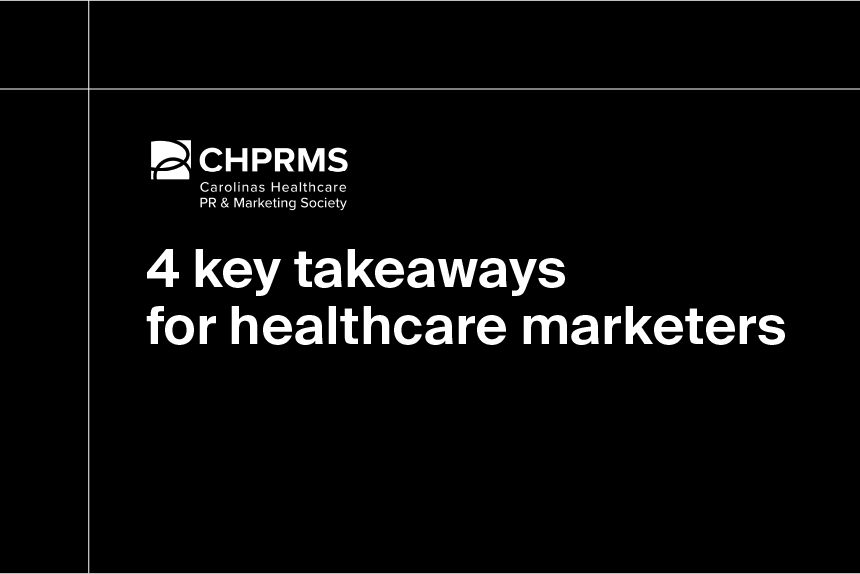The pivotal role of healthcare IDNs and ACOs in purchasing & population health
May 21st, 2024

The Centers for Medicare & Medicaid Services (CMS) continues to drive change across the U.S. healthcare landscape with its growing emphasis on value-based care. This approach prioritizes delivering high-quality care at lower costs, ultimately aiming to improve patient outcomes.
Two key models have emerged among providers in response to this value imperative: integrated delivery networks (IDNs) and accountable care organizations (ACOs). While IDNs and ACOs differ in their structure, they share a focus on improving care quality, enhancing patient outcomes, and reducing healthcare costs, often through value-based care models and strategies like population health management. This means focusing on the overall health of a defined group of patients, with an emphasis on preventive care, chronic disease management, and care coordination.
How IDNs and ACOs manage population health
Population health management (PHM) is a fundamental strategy for improving healthcare delivery and outcomes within both integrated delivery networks and accountable care organizations. Both IDNs and ACOs aim to shift the focus from treating individual illnesses to managing the overall health of populations. As of early 2024, Definitive Healthcare tracked more than 1,100 active IDNs and 1,800 ACOs across the U.S., highlighting the widespread adoption of these delivery models and their role in the transition toward value.
While IDNs leverage their comprehensive integration and resources to implement PHM strategies across diverse patient populations, ACOs focus on improving the health of defined patient populations through value-based contracts, including shared savings and risk arrangements. Many Medicare ACOs start by developing strategies to reduce readmissions in patients with diabetes, coronary artery disease, COPD, and heart failure.
How do IDNs and ACOs improve hospital performance?
IDNs and ACOs employ a range of strategies to improve hospital performance, from care coordination and quality improvement programs to value-based reimbursement models and population health management. As regional organizations, IDNs are in a unique position to assess the needs of the local patient population. These insights allow IDNs to focus on the most prevalent health issues within their communities.
ACOs often employ more targeted quality improvement strategies compared to IDNs, particularly in terms of contractual arrangements and performance incentives. These entities enter into value-based contracts with payors, such as Medicare or private insurers, where reimbursement is tied to quality and cost metrics. Contracts often include specific targets for reducing hospital readmissions, with financial incentives or penalties based on the achievement of predefined performance benchmarks.
In many cases, an IDN may establish or participate in an ACO as part of its VBC and population health management strategies. By forming an ACO, an IDN can further align incentives and work to improve patient outcomes across its network. An illustrative example is Tenet Healthcare, which operates 16 ACOs spanning commercial, Medicare, and Medicaid populations, according to Definitive Healthcare affiliations data. By participating in these ACOs, Tenet can extend its integrated care model beyond its hospitals to include a broader network of providers and can align incentives, share best practices, and implement care coordination strategies to improve performance. Below are the top IDNs in the U.S. by number of ACO affiliations.
Top 10 IDNs by number of ACO affiliations
| Rank | IDN name | Number of ACO affiliations |
| 1 | HCA Healthcare | 18 |
| 2 | Ascension Health | 16 |
| 3 | Trinity Health | 16 |
| 4 | Tenet Healthcare | 16 |
| 5 | Community Health Systems | 13 |
| 6 | Universal Health Systems | 12 |
| 7 | CommonSpirit Health | 12 |
| 8 | CHRISTUS Health | 11 |
| 9 | Providence St. Joseph Health | 11 |
| 10 | SSM Health | 6 |
Fig. 1 - Data is from Definitive Healthcare’s ConnectedCareView product. Data accessed June 2024.
Understanding data sharing needs in IDNs and ACOs
IDNs and ACOs need to share data with payors to effectively manage population health. Access to claims data is critical for IDNs and ACOs to gain insights into various aspects of healthcare delivery, including quality, financial, and utilization metrics. By analyzing this data, organizations can identify areas for improvement, improve resource allocation, and make informed decisions about participating in risk-based contracts.
Data sharing among providers within IDNs and ACOs also is essential for coordinating care across the care continuum and delivering integrated, patient-centered services. Health information exchanges (HIEs) and other healthcare information management systems serve as vital tools for facilitating seamless data exchange among different healthcare entities, including IDNs, ACOs, hospitals, physician practices, and community organizations. By enabling the sharing of patient information in real time, HIEs help care teams make timely and informed decisions, reduce duplication of services, and enhance care coordination efforts.
How GPOs can help IDNs reduce healthcare costs
Another strategy employed by IDNs to reduce healthcare costs is the use of group purchasing organizations (GPOs). GPOs act as intermediaries between healthcare providers and suppliers, leveraging the collective purchasing power of multiple organizations to negotiate discounted prices for medical supplies, equipment, and pharmaceuticals.
Some of the leading GPOs in the U.S. by number of staffed beds of their affiliated hospitals are Vizient, Premier, and HealthTrust Purchasing Group. By partnering with GPOs, IDNs can benefit from economies of scale and access to negotiated contracts with suppliers, resulting in lower procurement costs for essential healthcare products. These cost savings can be significant, allowing IDNs to allocate resources more efficiently and reinvest in patient care initiatives. Additionally, GPOs give IDNs access to a wide range of suppliers and product options, allowing them to standardize procurement processes and streamline supply chain operations.
Top 10 GPOs by number of staffed beds of affiliated hospitals
| Rank | GPO name | Number of staffed beds of affiliated hospitals |
| 1 | Vizient | 451,800 |
| 2 | Premier Inc. | 341,700 |
| 3 | HealthTrust Purchasing Group | 176,000 |
| 4 | Premier - Ascend | 97,000 |
| 5 | Sourcewell | 39,000 |
| 6 | SURPASS | 27,900 |
| 7 | Department of Veterans Affairs | 25,800 |
| 8 | The Resource Group | 21,600 |
| 9 | Greenhealth Exchange | 18,800 |
| 10 | Magnet Group | 14,300 |
Fig. 2 - Data from Definitive Healthcare’s HospitalView product. Data accessed February 2023.
Learn more
Healthcare is evolving, and hopefully, your strategy is evolving with it. See how healthcare data and intelligence, from all-payor claims data to healthcare reference & affiliations data, can help you thrive in a value-based care environment. Sign up for a free demo today.



